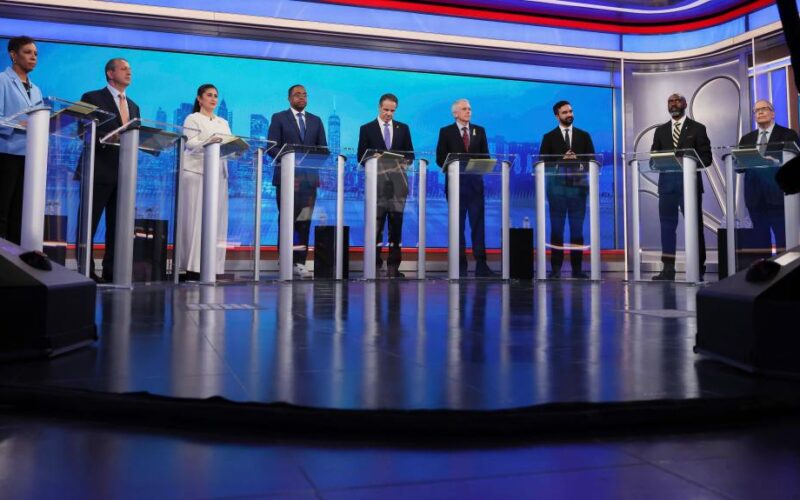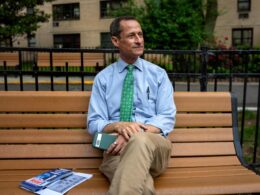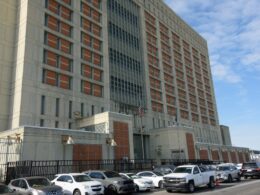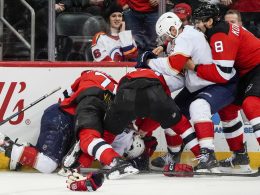New York City’s staggeringly stupid election system is producing predictably bad results.
Four years after our first ever ranked-choice mayoral primary ended with Democrats elevating a crooked ex-cop who then cruised through a meaningless general election — with the state’s Democratic governor resigning in between those two votes before his own party could impeach him — polls show a pair of candidates way ahead of the pack in our second such primary, where early voting kicked off on Saturday.
One is the diminished and unrepentant former governor who blames the left for his personal disgrace. The other is a young avowed socialist whose promises are about as big as his accomplishments are vanishingly small.
Andrew Cuomo and Zohran Mamdani, both overly obsessed with Israel, are competing in a ranked-choice primary only open to registered Democrats to win the party’s line in November’s election where the candidates will include Mayor Adams, a former Republican who insisted for months while shamelessly sucking up to Donald Trump he’d again run in and win the Democratic primary only to announce on the last possible day that he’d run in the general as an independent instead.
The general election rules remain simple: Whoever gets the most votes, which may well be less than half of the votes cast in a crowded contest, wins.
The primary election rules take more explaining, and while there’s a lot to be said for simplicity there is a serious case for ranked-choice elections.
The idea is that if you’re a registered party member you get five choices for your one vote so that you don’t need to decide between your heart (the candidate you like best) and your head (the candidate or candidates you find completely unacceptable).
After the primary, the votes get counted in rounds and the candidate with the fewest votes is eliminated and their supporters’ votes move in the next round to the next candidate they’ve ranked, and so on until one candidate has more than 50% support.
If all of the picks on a voter’s ballot are eliminated, it’s exhausted and, significantly, no longer counts as part of the denominator. So if there were a million ballots cast and 200,000 were exhausted, a candidate with more than 400,000 votes would win.
In theory, ranked-choice voting means voters can ignore game theory and back whichever candidate they like best without worrying about spoiler effects.
Spoiler alert: That’s not how this is playing out in New York City, where voters and even candidates and political operatives are struggling to make sense of this new system.
A voter talking on NY1 just after it hosted Thursday night’s mayoral debate — which had a two-and-a-half minute break mid-way through for a Campaign Finance Board video explaining how ranked-choice voting works — said that he couldn’t abide Cuomo and thus would rank him fifth. He’s far from the only voter who doesn’t get it.
Speaking of exhaustion, it’s preposterous to expect people to vote one way in city election year Junes and another in those Novembers.
Anyone saying otherwise is demonstrating how widely the political map has diverged from the territory New Yorkers actually live in, with millions tuning out the city’s politics in the process.
That’s how a Democratic primary turns into a contest between a disgraced Dem who loathes the left and a near neophyte leftist using the party as his vessel. That’s bad news for big-d Democrats and small-d democracy in New York City.
Eric Adams, of all people, could be remembered as the mayor who fixed this. The long-time skeptic of both closed primaries and ranked-choice elections has convened a Charter Revision Commission that’s considering letting voters decide directly on switching to non-partisan primaries, which would be truly transformative and which take almost no explaining at all:
Anyone who’s registered to vote would be able to turn out in June, and their top picks would then compete in the general election in November.
But before the city hopefully gets to that better future, a little advice to voters in this year’s primary:
Go to findmypollsite.vote.nyc to locate your early and Primary Day voting sites and also your sample ballot, so you can think things through before getting inside the voting booth and skipping down-ballot races or guessing or texting a friend.
Don’t think too hard about strategy or spoilers, unless you want your head to ache. Simply rank the candidates you want in the order you’d want them, then stop when you get to five or run out of acceptable options.
Siegel (harrysiegel@gmail.com) is an editor at The City, a host of the FAQ NYC podcast and a columnist for the Daily News.








